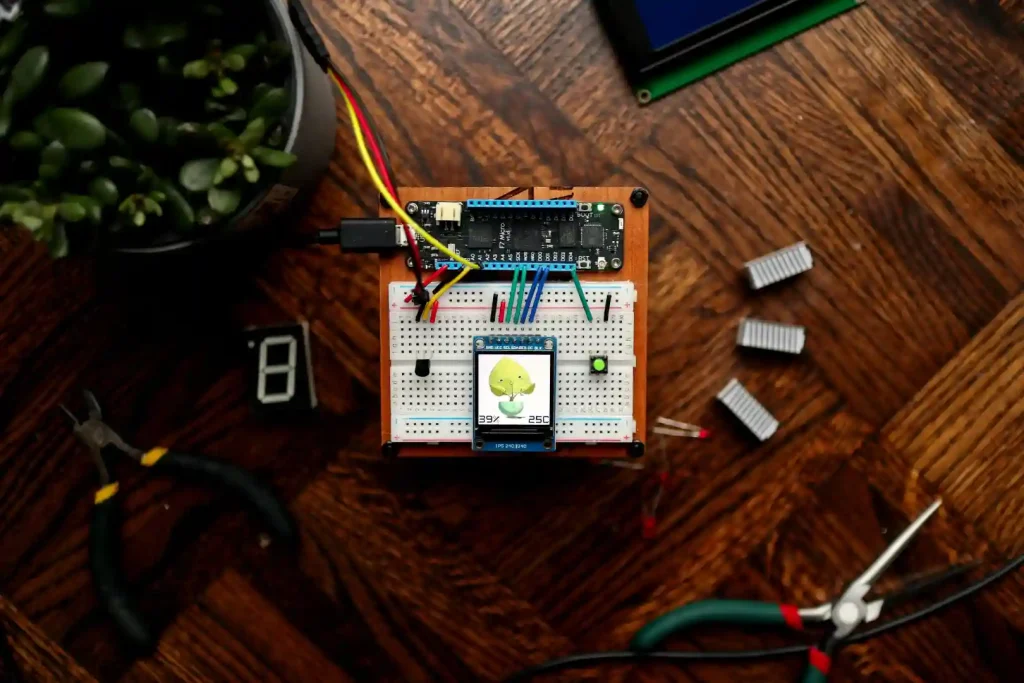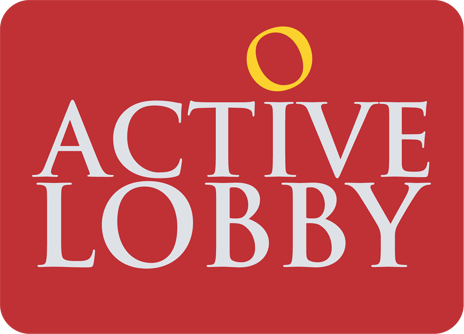A Guide to IoT Device Integration

The Internet of Things (IoT) has become a ubiquitous term, encompassing everything from smartwatches to self-driving cars. But what exactly is it, and how do these “things” work together? The magic lies in IoT integration, the seamless connection between devices that unlocks their true potential.
Understanding the Internet of Things
At its core, the IoT refers to a network of physical devices embedded with sensors, processors, and software that collect and exchange data. These devices, ranging from industrial machinery to wearables, connect to the internet, enabling communication and remote control. Imagine a network of temperature sensors in a greenhouse, constantly monitoring conditions and sending data to a central hub for automated adjustments – that’s the power of IoT in action.
How IoT Integration Works
Now, let’s delve into the world of IoT integration. This refers to the process of connecting these individual devices and enabling them to share data and work together. Here’s the breakdown:
- Device-Level Integration: This involves the physical integration of various components within an individual device, like sensors, processors, and communication modules, creating a functional unit. Think of a smart lock with a fingerprint scanner, Bluetooth module, and a motor working together to manage access.
- System-Level Integration: This is where it gets exciting. Here, multiple standalone IoT devices connect to form a larger system. This communication can happen wirelessly (Wi-Fi, Bluetooth) or through wired connections. A central hub, often an IoT gateway, acts as a traffic controller, collecting data from devices and sending it to a designated platform for analysis and control.
IoT Integration in Action: Real-World Scenarios
Let’s see how IoT integration transforms everyday scenarios:
Scenario 1: The Optimized Factory Floor
Imagine a manufacturing plant where various machines – robots, temperature sensors, and conveyor belts – are all integrated. Sensors monitor equipment health, sending real-time data to a central platform. This allows for predictive maintenance, identifying potential issues before breakdowns occur, minimizing downtime, and maximizing production efficiency.
Scenario 2: The Personalized Smart Home
In a connected home, smart thermostats, lighting systems, and even appliances can work together. Imagine leaving work and triggering a program that adjusts the thermostat to your preferred temperature as you pull into the driveway. The lights turn on automatically, and your smart oven preheats for a perfectly timed meal. This level of convenience and automation is a reality with seamless IoT integration.
Reaping the Benefits of a Connected World
Integrating IoT devices offers a plethora of benefits:
- Enhanced Efficiency: Automated processes and real-time data analysis lead to optimized operations, saving time and resources.
- Improved Decision-Making: Data collected from sensors provides valuable insights, allowing for data-driven decision-making in various sectors.
- Increased Productivity: Automation streamlines tasks, freeing up human resources for more complex activities.
- Elevated Customer Experience: Personalized services and automation create a more convenient and satisfying user experience.
- Cost Reduction: Predictive maintenance and optimized processes can significantly reduce operational costs.
The Cloud Connection: IoT and Cloud Integration
The integration of IoT devices often involves the cloud. Cloud platforms offer scalable storage and processing power for the vast amount of data generated by IoT devices. This data can then be analyzed to identify trends, predict issues, and optimize operations. IoT Cloud integration is widely popular in the IoT industry.
Activelobby’s IoT Integration Services
The future belongs to connected devices, and the key to unlocking their true potential lies in seamless IoT integration. By implementing smart device integration strategies, businesses and individuals alike can unlock a world of efficiency, automation, and a truly connected future.
Activelobby understands the power of connected devices. We offer comprehensive IoT integration services, from initial planning to deployment and ongoing support. Our IoT services stress Device Hardware Software configurations and integrations, bridging cloud technologies to enable communication between applications, databases, and platforms. Our team of experts can help you navigate the complexities of device compatibility, communication protocols, and IoT cloud integration. Let Activelobby be your partner in building a seamless and powerful IoT ecosystem.
